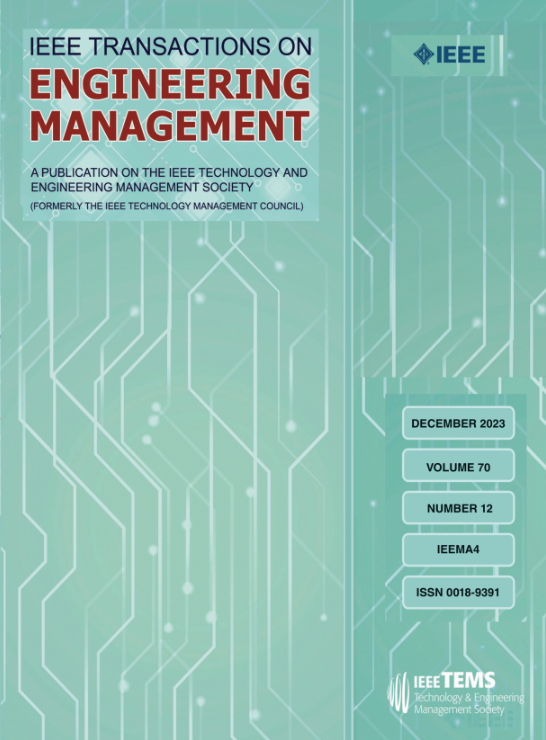选择最佳与排除最差:认知偏差条件下创意评估过程的实验研究
IF 4.6
3区 管理学
Q1 BUSINESS
引用次数: 0
摘要
创意选择文献中的传统观点通常认为,选择最佳创意和剔除最差创意是一枚硬币的两面。换句话说,从创意库中选出最佳创意,就等同于剔除最差创意,直到只剩下最好的创意为止。然而,我们对这两种创意评估过程的准确性进行的探索性实验调查表明,它们之间存在很大差异。具体来说,我们的结果表明,就选出最高质量创新想法的概率而言,淘汰过程优于选择过程。我们的文本分析进一步揭示了,当参与者被要求完成选择或淘汰任务时,他们对每个创意的认知往往集中在创意的不同方面,即同一创意的正面(优点)与反面(缺点)。我们采用 2 × 2 的实验设计,在选择 "最佳 "和淘汰 "最差 "的情景中,向参与者提供正反两方面的信息。令人惊讶的是,我们发现在利的情况下,选择过程优于淘汰过程,而在弊的情况下,两个想法评估过程的效率相当。此外,我们还发现,无论参与者是赞成还是反对,选择过程的效率都不会发生变化,但与赞成过程相比,反对过程的效率明显提高。基于对实验数据的分析,我们提出并检验了一个解释性模型,在该模型中,以匹配百分比衡量的评估准确性受到评估过程、响应持续时间以及认知偏差的调节作用等因素的影响。本文章由计算机程序翻译,如有差异,请以英文原文为准。
Selecting-the-Best vs. Eliminating-the-Worst: An Experimental Investigation of Idea Evaluation Processes Under Cognitive Bias Conditions
The conventional wisdom in idea selection literature typically assumes that selecting-the-best ideas and eliminating-the-worst ideas represent the two sides of the same coin. In other words, selecting-the-best ideas from a pool of ideas should be equivalent to eliminating-the-worst ones until only the best remain. However, our explorative experimental investigation regarding the accuracy of these two idea evaluation processes indicates major differences. Specifically, our results suggest that the elimination process outperforms the selection process in terms of the probability of selecting the highest quality innovation ideas. Our text analysis further reveals that when participants are asked to do the selection or elimination tasks, their cognitive perception of each idea tends to focus on different aspects of the ideas, namely, the positive (pros) vs. negative (cons) sides of the same idea. We use a 2 × 2 experimental design by priming the participants with pros and cons information in selecting-the-best and eliminating-the-worst scenarios. Surprisingly, we find that with pros, the selection process outperforms the elimination process, whereas with cons, the efficacies of the two idea evaluation processes are equivalent. Additionally, we find that the efficacy of the selection process does not change whether the participant has pros or cons, yet the efficacy of the elimination process is significantly improved with cons compared to with pros. Based on analysis of the experimental data, we present and test an explanatory model in which the evaluation accuracy, measured in terms of the percentage of matches, is influenced by factors, such as the evaluation process, response duration, and the moderating effect of cognitive biases.
求助全文
通过发布文献求助,成功后即可免费获取论文全文。
去求助
来源期刊

IEEE Transactions on Engineering Management
管理科学-工程:工业
CiteScore
10.30
自引率
19.00%
发文量
604
审稿时长
5.3 months
期刊介绍:
Management of technical functions such as research, development, and engineering in industry, government, university, and other settings. Emphasis is on studies carried on within an organization to help in decision making or policy formation for RD&E.
 求助内容:
求助内容: 应助结果提醒方式:
应助结果提醒方式:


